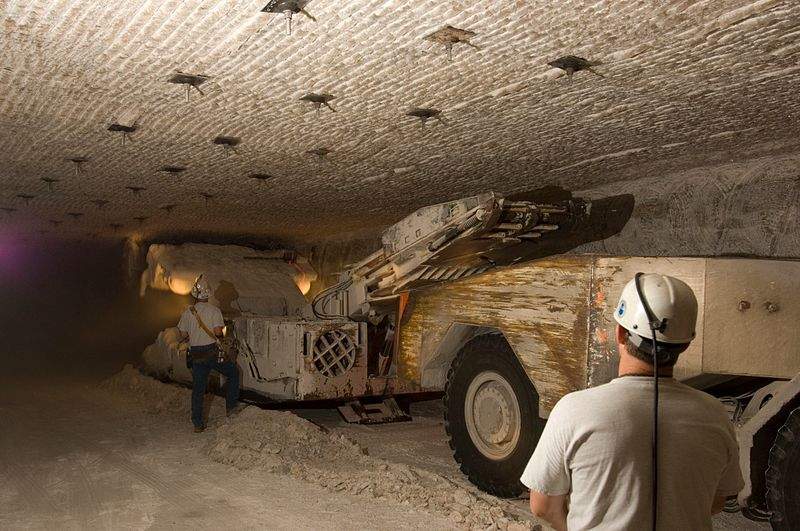
US Department of Energy officials and community leaders have unveiled a new underground ventilation system for the government’s Waste Isolation Pilot Plant (WIPP) near Carlsbad, New Mexico.
The WIPP is the US’s only deep geologic waste repository and permanently isolates transuranic waste, often produced by nuclear reactions, 2,150ft underground. The new Safety Significant Confinement Ventilation System (SSCVS) will enable more shipments of waste to be deposited underground by allowing mining, waste emplacement, rock bolting and maintenance to take place simultaneously.
Assistant Secretary for the Office of Environmental Energy Anne White said: “The new system provides WIPP state-of-the-art air handling capabilities, which will be a significant improvement to WIPP in support of its critical role in our national mission.”
The SSCVS provides around 540,000 cubic feet of air per minute to underground areas of the WIPP, and is designed so that filters can be easily replaced in case of damage. Maintenance teams have also been encouraged to take a preventative, rather than reactive, approach to works by replacing and repairing parts ahead of complete breakdowns. The system is expected to be completed by early 2021, and cost $288m.
Bruce Covert, the president of Nuclear Waste Partnership, the contractor that manages and operates the WIPP, said: “This is a significant improvement for WIPP in support of its important national mission.
“I am appreciative of the unwavering support from our local, state, and federal elected officials and stakeholders who ensure we have the proper funding to make infrastructure improvements, like the new ventilation system.”
The WIPP was constructed in the 1980s following the build-up of transuranic waste produced by the American nuclear defence programme which began in the 1940s. The first waste shipment arrived from the Los Alamos National Laboratory in New Mexico in 1999, and the WIPP has treated transuranic waste since.



